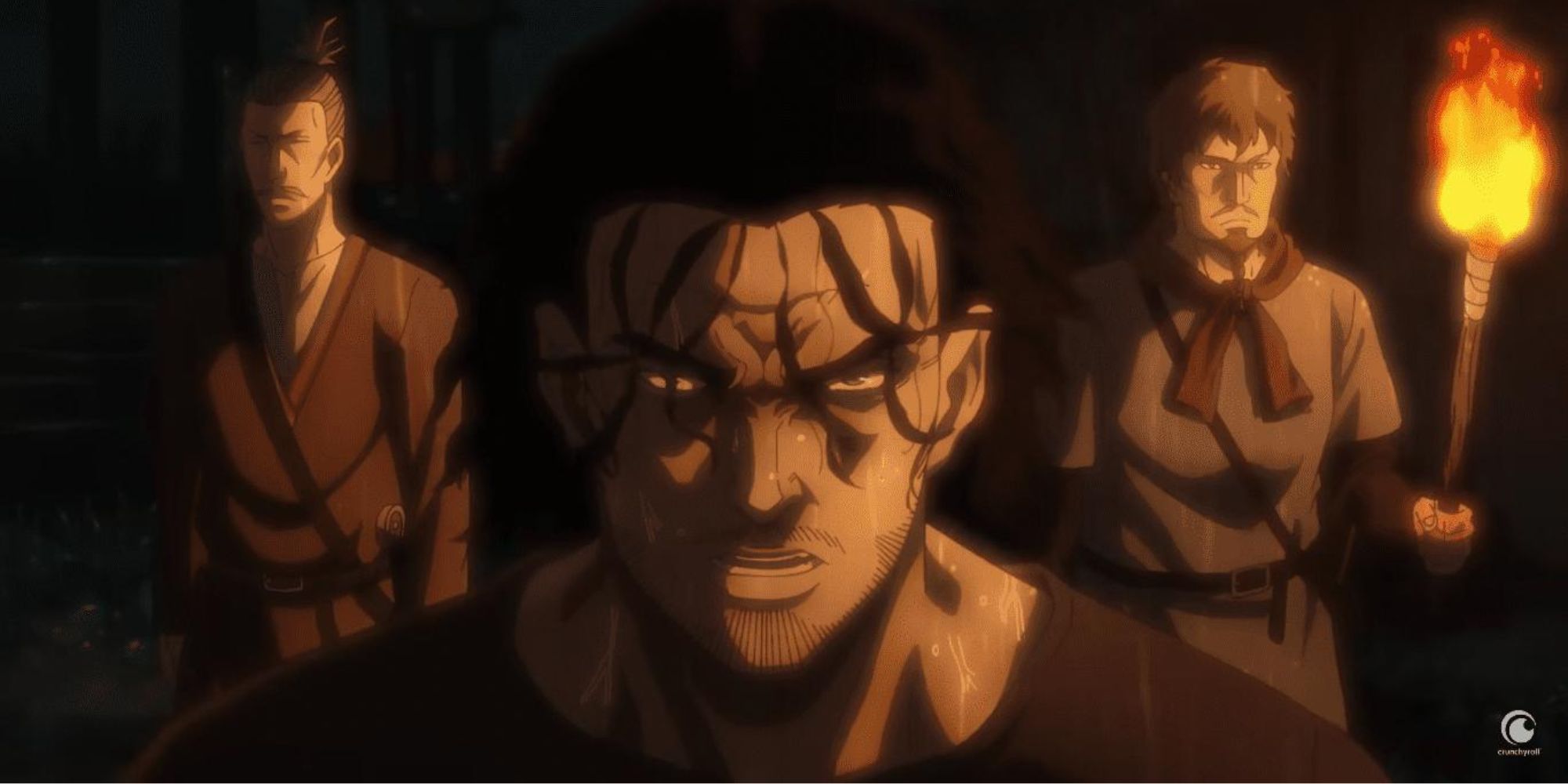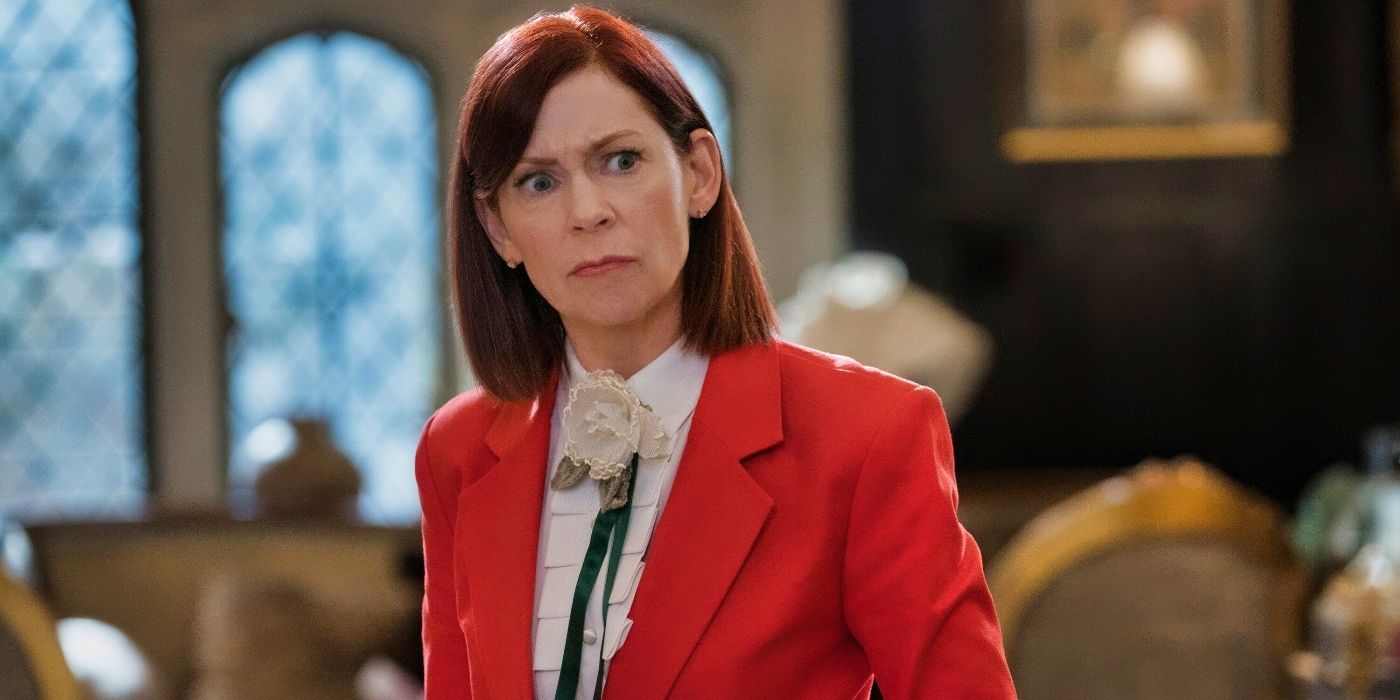Exploring Dan Brown's The Da Vinci Code: Symbols, History, And Controversy

Table of Contents
Deciphering the Symbols of The Da Vinci Code
This section explores the symbolic language woven throughout Dan Brown's bestseller, The Da Vinci Code. Understanding these symbols is crucial to grasping the novel's complex narrative and its underlying message.
The Significance of the Rose
The rose, a recurring symbol in The Da Vinci Code, holds multifaceted meanings. Its significance extends beyond simple floral beauty, carrying weighty historical and religious connotations.
- Association with Secrecy: The rose is often linked to secret societies and hidden knowledge, reflecting the clandestine nature of the Priory of Sion and its mission to protect the truth about Jesus Christ.
- Rosicrucian Connections: The novel hints at connections between the rose and the Rosicrucians, a mystical order known for its esoteric teachings and symbolism. The rose features prominently in Rosicrucian iconography, reinforcing its symbolic weight within the narrative.
- Feminine Divinity: The rose is also associated with the feminine principle, representing the divine feminine and the suppressed role of women in traditional Christian interpretations. This ties into the novel’s central theme of a suppressed feminine lineage connected to Jesus.
For example, the repeated imagery of roses in Sophie Neveu's family history subtly emphasizes her connection to the sacred feminine bloodline, a key element of The Da Vinci Code's central mystery.
Interpreting the Grail's Multiple Meanings
The Holy Grail, a central motif in The Da Vinci Code, transcends its traditional religious interpretation. Brown presents multiple layers of meaning, adding depth and complexity to the narrative.
- The Grail as a Sacred Feminine Principle: The novel suggests the Grail represents Mary Magdalene and the feminine divine, challenging the patriarchal interpretation of Christianity.
- The Grail as a Bloodline: The Grail can also symbolize the bloodline descended from Jesus and Mary Magdalene, a secret lineage protected by the Priory of Sion.
- The Grail as a Metaphor for Spiritual Enlightenment: The Grail represents a higher form of spiritual understanding, a quest for knowledge and truth beyond established religious dogma.
These interpretations draw upon historical and mythical precedents, enriching the novel's narrative and sparking debate about religious and historical interpretations.
The Mysterious Priory of Sion
The Priory of Sion, a key organization in The Da Vinci Code, adds a layer of historical intrigue to the fictional narrative. The novel presents a fictionalized account of this organization, raising questions about its historical reality and impact.
- Fictional Portrayal vs. Real-Life Organization: The Priory of Sion exists in reality, but its historical significance differs greatly from its portrayal in the novel. Brown significantly embellishes its role and influence.
- Connection to the Narrative: In the novel, the Priory acts as a protector of the secrets surrounding Jesus and Mary Magdalene, safeguarding the truth against the machinations of the Catholic Church.
- Controversies Surrounding its Existence: The very existence and historical actions of the Priory have been subject to much debate and scholarly scrutiny, highlighting the blurred lines between fact and fiction in The Da Vinci Code.
Historical Interpretations and Artistic Influences in The Da Vinci Code
The Da Vinci Code expertly interweaves historical events and artistic works into its narrative, using them as building blocks for its compelling story. However, understanding the historical context is essential for a full appreciation of the novel and its controversies.
Leonardo da Vinci's Art and Hidden Messages
Brown masterfully uses Leonardo da Vinci's iconic paintings to build suspense and reinforce his narrative's themes.
- Specific Examples from The Last Supper and Mona Lisa: The novel suggests hidden symbolism and coded messages within these masterpieces, representing the hidden truth about Jesus and Mary Magdalene.
- Analysis of Interpretations and Scholarly Validity: Many of Brown's interpretations are highly debated and lack scholarly consensus, highlighting the creative liberties taken in the novel. For example, the interpretation of the figures in The Last Supper is far from universally accepted by art historians.
The Gnostic Gospels and Alternative Christian Histories
The novel features Gnostic texts and alternative Christian histories, presenting a perspective that challenges traditional orthodox beliefs.
- Gnostic Beliefs and Their Contrast with Orthodox Christianity: Gnosticism presents different interpretations of Jesus and his teachings, often emphasizing esoteric knowledge and a dualistic worldview, in stark contrast to orthodox Christianity.
- Brown's Use of Alternative Narratives: Brown skillfully uses these narratives to construct a compelling alternative history, questioning established religious interpretations and fueling the controversy surrounding the novel.
Historical Accuracy and Artistic License
The novel expertly balances historical fact and fictional embellishment, creating a compelling narrative but also raising questions about its accuracy.
- Instances of Factual Inaccuracies and Creative Liberties: The novel takes considerable creative license, altering historical events and characters to fit its narrative, leading to significant criticism from historians and religious scholars.
- Impact of These Choices on the Reader's Understanding of History: While the novel's fictional elements are captivating, it's crucial for readers to approach its historical claims with critical thinking and consult independent sources.
The Controversies Surrounding The Da Vinci Code
The Da Vinci Code's publication sparked heated debates and widespread controversy, impacting religious communities and historical scholarship alike.
Religious Responses and Criticisms
The novel's portrayal of Jesus and the Catholic Church drew intense criticism from religious organizations and individuals.
- Main Points of Contention and Criticism: Key criticisms centered on the novel’s perceived blasphemy, its distortion of historical events, and its potential to mislead readers about Christian doctrines.
- Quotes from Religious Leaders and Scholarly Critiques: Many religious leaders and scholars expressed strong disapproval, arguing the novel’s portrayal was historically inaccurate and theologically unsound.
Historical Debates and Scholarly Responses
The novel’s historical claims prompted robust scholarly responses, scrutinizing its accuracy and methodologies.
- Scholarly Rebuttals and Counter-arguments: Numerous historians and theologians have published articles and books refuting the historical claims made in The Da Vinci Code, highlighting its inaccuracies and misinterpretations.
- Citation of Academic Articles and Books: Numerous academic works debunk specific claims made within the book, often pointing to a lack of substantial historical evidence.
The Impact and Lasting Legacy of the Controversy
Despite (or perhaps because of) the controversy, The Da Vinci Code left a lasting mark on popular culture.
- Contribution to Public Discourse on Religion and History: The novel sparked widespread public discussion about religion, history, and the interpretation of religious texts, raising important questions about faith and authority.
- Continued Interest and Debate Surrounding The Da Vinci Code: Even years after its publication, the novel remains a subject of discussion and debate, demonstrating its powerful and enduring impact on public consciousness.
Conclusion
Dan Brown's The Da Vinci Code remains a captivating and controversial work, sparking endless discussions about symbols, history, and faith. While its historical accuracy has been debated extensively, its imaginative storytelling and exploration of alternative narratives have undeniably left a lasting impact on popular culture. Whether you are a long-time fan or a newcomer intrigued by the mysteries surrounding The Da Vinci Code, exploring its intricate web of symbols and historical interpretations offers a compelling journey into the realms of fiction and fact. Delve deeper into the world of The Da Vinci Code and discover its enduring power to provoke thought and ignite conversation.

Featured Posts
-
 Jay Idzes Tampil Penuh Venezia Tahan Imbang Atalanta
May 13, 2025
Jay Idzes Tampil Penuh Venezia Tahan Imbang Atalanta
May 13, 2025 -
 Elsbeth March 20th Update Season 2 Episode 16 Release Date And Explanation
May 13, 2025
Elsbeth March 20th Update Season 2 Episode 16 Release Date And Explanation
May 13, 2025 -
 Billy Bob Thornton Speaks Out Addressing The Landman Controversy Surrounding Ali Larter And Angela Norris
May 13, 2025
Billy Bob Thornton Speaks Out Addressing The Landman Controversy Surrounding Ali Larter And Angela Norris
May 13, 2025 -
 Ayorbaba Himbau Dukungan Penuh Untuk Persipura Jayapura
May 13, 2025
Ayorbaba Himbau Dukungan Penuh Untuk Persipura Jayapura
May 13, 2025 -
 Demand For Elsbeth Season 2 A Need For Judge Crawfords Storyline Conclusion
May 13, 2025
Demand For Elsbeth Season 2 A Need For Judge Crawfords Storyline Conclusion
May 13, 2025
